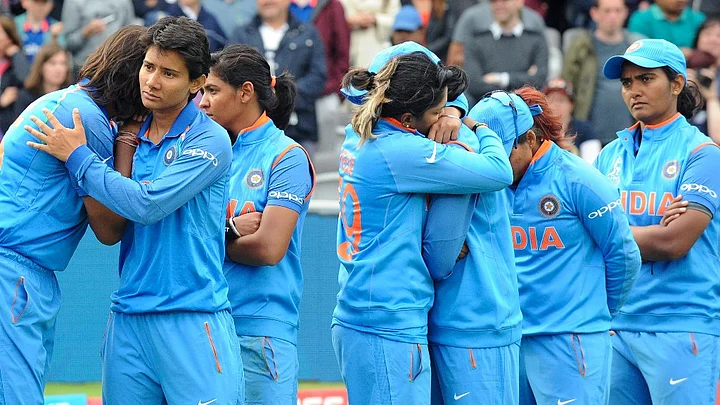The semi-final against Australia and the final against England were the two ODI matches I enjoyed watching after a long time. Harmanpreet Kaur played the best knock by an Indian (man or woman) in a World Cup knockout game to drown the defending champions and that made the entire country sit up and take notice. Even though India failed to cross the final hurdle against the hosts at Lord’s, the match showed their spunk.
Jhulan proved that age is just a number, Punam Raut showed that her game also had another gear and Harmanpreet Kaur played an innings of maturity, for she didn’t start from where she’d left against Australia. She understood that it was a new day, a new game and Mithali’s absence demanded more caution at the start.
The highlight of this campaign was the rise of a different star in every game. It’s not often that you’d find that every member of the team played a pivotal role at different stages of the tournament but that was indeed the case this time, and that made it more special.
One of the constant grouses against men’s 50-over cricket is that most games follow a similar pattern and therefore, it’s fast becoming predictably boring. Pitches are flat; batsmen are more aggressive and while the bat versus bat contests are producing a lot of fours and sixes, they are no longer creating the drama that’s essential for a sport to succeed.
The problem with men’s ODI is that it’s pretending to be a sprint run for the duration of a half-marathon. The advent of T20 has meant that people who prefer pace and aggression watch the shortest format and the fans of endurance and skills prefer to watch Test cricket. Men’s ODI is neither here nor there.
But that’s not the case with women’s ODI, for the game still ebbs and flows to keep the audience hooked.
Since the ball is smaller and lighter, it swings a lot more in the air. Since there’s only one ball used for the entire duration, the slower bowlers tend to play a bigger role.
Since the bowlers flight the ball a lot more, the batters use the feet a lot more too (an aspect that’s gone missing in men’s cricket). Also, a flat track doesn’t necessarily lead to a run-fest either and after a decade of watching hapless bowlers getting mauled, it’s a refreshing break.
Drop The Cynicism
While most people have rejoiced in Indian team’s campaign, some have been cynical of the team’s progress. They’ve found the loss hard to digest and have demanded that it should also be dissected threadbare with the same ruthlessness as is done with their male counterparts. They’ve also ruled out that this campaign is sparking a revolution of sorts in women’s cricket in India.
It’s easy to understand the disappointment of losing in the finals, but it’s also important to understand that people who’ve actually lost (the team) must be hurting the most.
Mithali and Jhulan would never get another opportunity to have a crack at the World Cup. Instead of deriding the team for the failure, it’ll be wiser to understand that there’s no substitute of experience, and Indian women were less experienced than their opponents.
Even the likes of Tendulkar, Dravid and Ganguly couldn’t cross the line first time around. It’s equally important to acknowledge that India started as the 4th-ranked side and have managed to beat the top three sides in the campaign.
Plenty to Celebrate
Even though they lost to England in the final, they did beat them in the opening game. Their campaign has plenty to celebrate.
As for the revolution, the onus is on the BCCI to take it a step further. Our girls are already playing in the Women’s Big Bash League and will also feature in England’s new T20 league, and the time is ripe to start our own Women’s IPL.
It’s unlikely that WIPL will be a money-spinner but it doesn’t have to be, for the cost would be negligible if it’s held alongside men’s IPL. I see this happening sooner than later.
After watching this World Cup campaign my 4-year-old daughter said that she wanted to be like Harmanpreet Kaur and that’s when I realised that the Indian team might have lost the World Cup but have won a million hearts and have managed to inspire a generation. Isn’t that the real purpose of playing a sport?
(We all love to express ourselves, but how often do we do it in our mother tongue? Here's your chance! This Independence Day, khul ke bol with BOL – Love your Bhasha. Sing, write, perform, spew poetry – whatever you like – in your mother tongue. Send us your BOL at bol@thequint.com or WhatsApp it to 9910181818.)
(At The Quint, we question everything. Play an active role in shaping our journalism by becoming a member today.)
